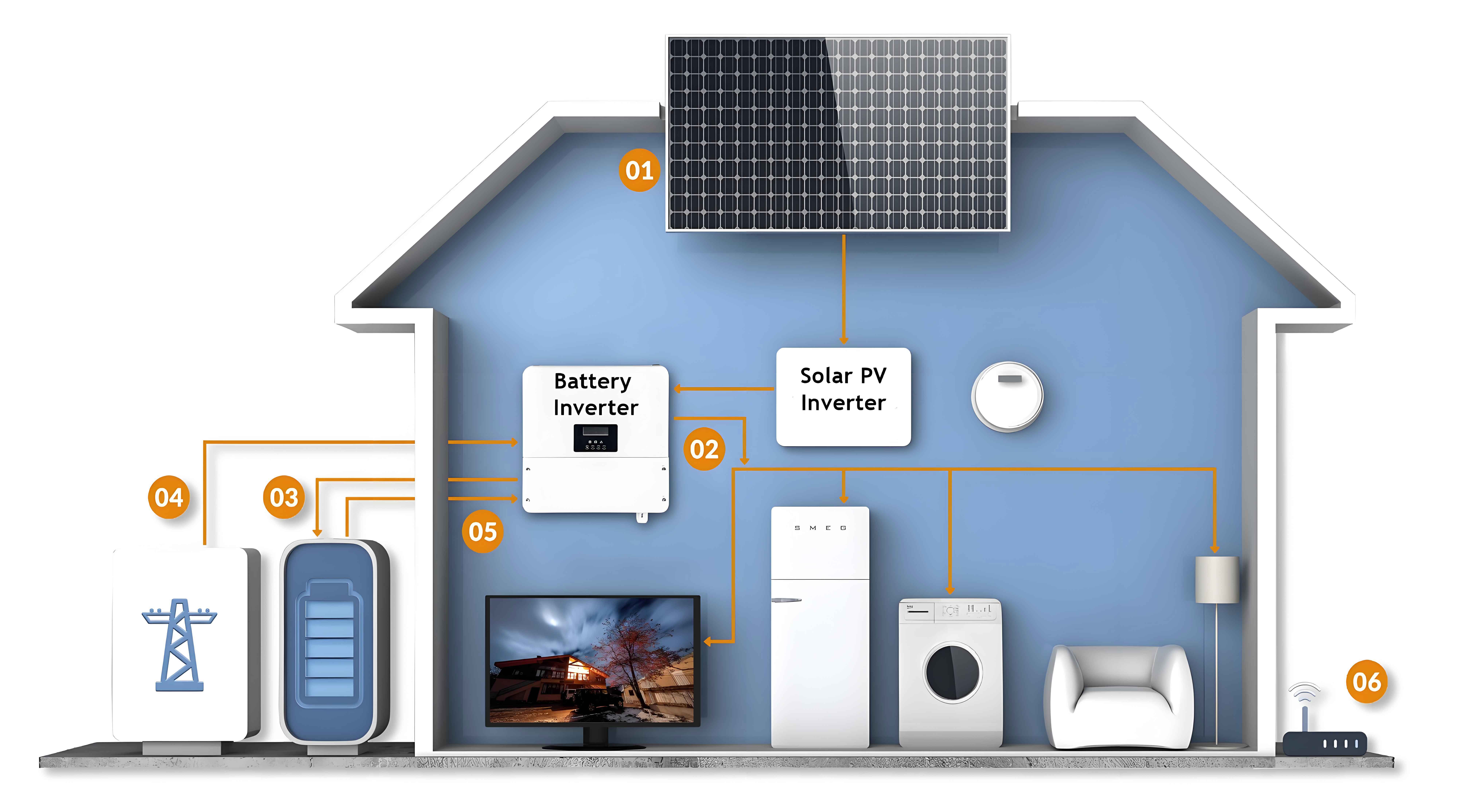Climate conditions play a significant role in determining the performance and efficiency of solar battery system. Factors such as temperature, sunlight intensity, and humidity can all affect the ability of solar panels to generate electricity and the efficiency of battery storage. Understanding these impacts is crucial for designing and optimizing solar battery system to maximize their effectiveness in different climates.

Temperature Effects on Solar Battery System
- Temperature Coefficient:
- Solar panels are sensitive to temperature changes, with their efficiency decreasing as temperatures rise.
- The temperature coefficient of a solar panel indicates how much its efficiency decreases per degree Celsius rise in temperature.
- Battery Performance:
- High temperatures can also impact the performance and lifespan of batteries used in solar energy storage systems.
- Elevated temperatures can accelerate battery degradation and reduce their overall capacity and efficiency.
- Cooling Strategies:
- Implementing cooling strategies, such as air or water cooling, can help mitigate the negative effects of high temperatures on solar panels and batteries.
- Proper ventilation and shading can also help maintain optimal operating temperatures for solar battery system.
Sunlight Intensity and Insolation
- Insolation Levels:
- The amount of sunlight received at a location, known as insolation, directly impacts the energy output of solar panels.
- Areas with higher insolation levels generally experience greater solar panel efficiency and energy production.
- Shading Effects:
- Shading from trees, buildings, or other obstructions can significantly reduce the efficiency of solar panels.
- Proper site selection and shading analysis are essential for maximizing solar panel performance.
- Tilt and Orientation:
- The tilt angle and orientation of solar panels can affect their exposure to sunlight and overall energy production.
- Adjusting the tilt angle seasonally can optimize energy output based on the sun’s position in the sky.
Humidity and Environmental Factors
- Corrosion and Degradation:
- High humidity levels can contribute to corrosion of solar panel components and reduce their lifespan.
- Proper sealing and maintenance are necessary to protect solar panels from environmental damage.
- Dust and Debris:
- Accumulation of dust and debris on solar panels can reduce their efficiency by blocking sunlight.
- Regular cleaning and maintenance are essential for optimal solar panel performance, especially in dusty environments.
- Extreme Weather Events:
- Solar battery system must be designed to withstand extreme weather events, such as storms, hurricanes, or extreme heatwaves.
- Proper installation and structural integrity are crucial for ensuring the longevity and performance of solar battery system in harsh climates.
Case Studies and Examples
Table 1: Impact of Climate Conditions on Solar Battery System Performance
| Climate Condition | Effect on Performance | Mitigation Strategies |
|---|---|---|
| High Temperature | Reduced Efficiency | Cooling Systems, Proper Ventilation |
| Low Insolation | Decreased Energy Production | Tilt and Orientation Adjustment |
| High Humidity | Corrosion, Degradation | Sealing, Maintenance |
| Dust and Debris | Reduced Efficiency | Regular Cleaning |
| Extreme Weather | Structural Damage, Downtime | Robust Design, Weatherproofing |
Future Trends and Technologies
- Advanced Monitoring and Control Systems:
- Integration of advanced monitoring and control systems can optimize solar battery system performance based on real-time weather conditions.
- These systems can adjust settings such as tilt angle, battery charging rates, and cooling strategies to maximize efficiency.
- Energy Management Software:
- Energy management software can help users track and analyze the performance of their solar battery system in different climate conditions.
- This software can provide insights into energy usage patterns and help optimize system settings for maximum efficiency.
- Material Advances:
- Ongoing research into materials science is leading to the development of more durable and efficient solar panel and battery technologies.
- New materials can better withstand environmental factors and improve overall system performance and lifespan.
Conclusion
Climate conditions have a significant impact on the performance and efficiency of solar battery system. Understanding these effects and implementing appropriate mitigation strategies is essential for maximizing the effectiveness of solar energy systems in different climates. As technology advances and new materials are developed, the future of solar battery system looks promising, with improved efficiency and durability in varying environmental conditions.
